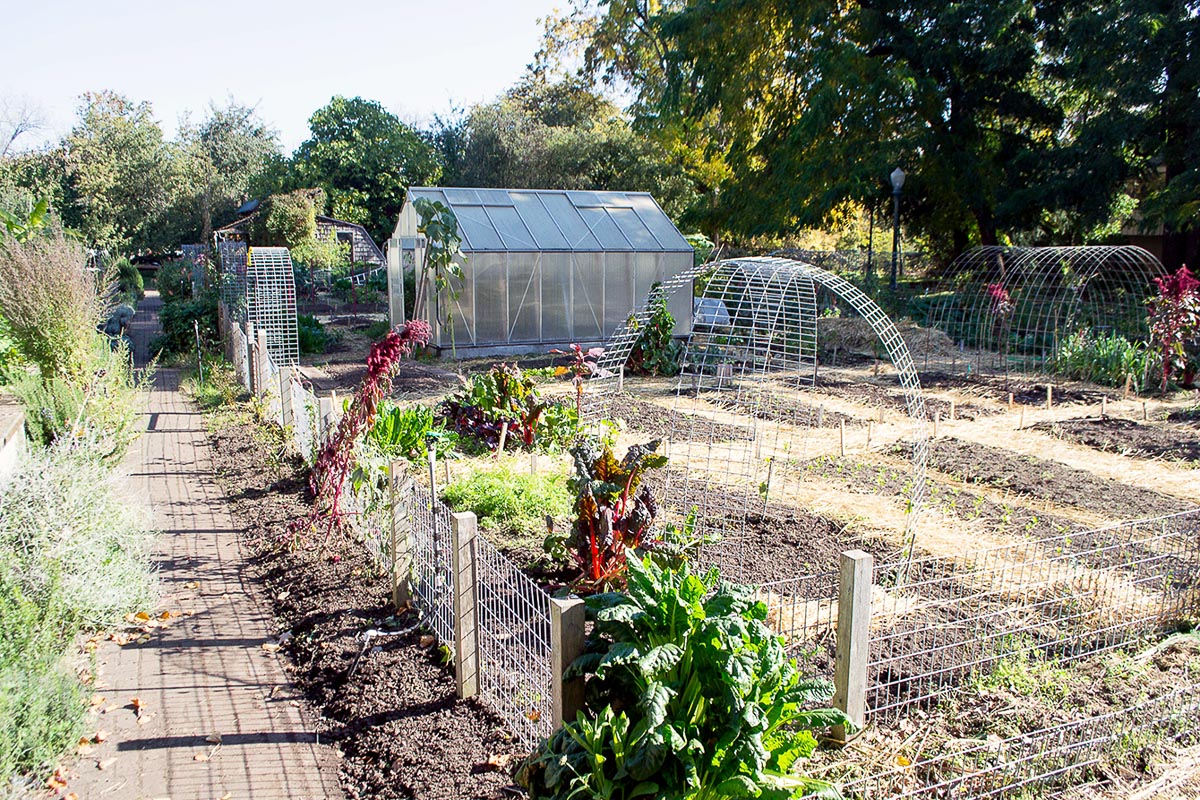All About City Blooming
All About City Blooming
Blog Article
The 8-Minute Rule for City Blooming
Table of Contents4 Simple Techniques For City BloomingThe Single Strategy To Use For City BloomingCity Blooming Can Be Fun For EveryoneCity Blooming Fundamentals ExplainedGetting The City Blooming To Work

As a matter of fact, as you walk the roads of the Bronx, Southside Chicago or East Oakland, you may see have actually also seen big plots of ripening fruits and veggies being harvested. Nonetheless, just what are metropolitan ranches and neighborhood gardens? Are they different? If so, exactly how? And much more notably, exactly how can you support them? Urban farming, urban farming, or city gardening is the practice of growing, handling and dispersing food in or around metropolitan areas.
Typically, metropolitan farming as a method is a larger financial investment than gardening. There are plenty of a lot more hours spent right into the minutiae of farming, from the plant plan to the often tending of your beds. This time dedication tackles a whole brand-new significance once you realize the objective that is being worked in the direction of and dedicated, namely that of acquiring a plentiful return of plants to be taken in.
An area garden is a solitary tract gardened collectively by a team of individuals. Neighborhood yards use either individual or common stories on exclusive or public land while producing fruit, veggies, and/or plants expanded for their attractive appearance. The standard version right here is that a big group of people each contribute a fairly little quantity of time to functioning their very own story, and get the fruits of their labor as an outcome.
Excitement About City Blooming

, and area organizations by aiding them create and expand their very own gardens. The differences in between neighborhood yard and urban ranch are nuanced, though in the end the very same standard task takes placefood crop cultivation but within various business structures - sustainable gardening.
Urban farms are usually more organization and modern technology oriented, with the main function of making the most of yields and offering produce. Commercial city ranches are usually focused on broadening manufacturing on generally little acreage with technologies in technologies such as tank farming, hydroponics, and greenhouses and may companion with a commercial cooking area to develop locally-produced value-added products such as jams and sauces.
5 Easy Facts About City Blooming Described
The produce is typically grown on a much smaller range and is taken home to consume at home or to share. By providing much needed environment-friendly areas in penniless, concrete city areas, they permit the benefits of backyard horticulture to those lacking backyards, and act as excellent instances of self-organization and community advocacy.
Some neighborhood gardens, commonly in metropolitan areas, relocate right into growing for commercial click resources usage while some metropolitan ranches open up their land for more socially conscious advantages. No matter of exactly how you specify and set apart the 2, they are both positive forces for excellent in cities around America and the globe.
As all of Small Axe Peppers' hot sauces are sourced with peppers from community yards, your acquisitions directly help fund these local tasks (https://cityblooming.jimdosite.com/). So, participate in the change by.
A friend of mine just recently commented in a conversation about horticulture that "It's interesting, I've constantly believed that farming as a technique is somewhat like horticulture. There are comparable aspects to both do not you believe?" To the nonprofessional that remark from my pal would certainly have do without much thought, it appears sensible so why not take it therefore? As I invested more and even more time in my Urban Farming class I've come to understand that to say that horticulture is a mini extension of agriculture would be a little bit of stretch.
City Blooming for Dummies
They both focus on the care of plants for some objective that can be nourishment, profit or just the pleasure of the craft. Moreover they both require a monetary financial investment in addition to a time investment, something that a great deal of individuals in our quick paced life do not have a great deal of - sustainable gardening.
We can see that the resemblances are bountiful, however are the distinctions enough to develop a difference? As a trainee at NYU I have the opportunity to deal with the leave It Better Structure, a team that shows basic nutrition and horticulture to senior high school pupils. https://my-store-faa5b0.creator-spring.com/. This experience gave me a thorough foray into the globe of amateur gardening beyond what many people have actually been in call with
Farming as a technique is a larger financial investment than horticulture. There are plenty of much more hours spent into the trivial matters of farming, from the plant strategy to the often tending of your beds.
The ordinary gardener sets about his tasks as a task instead than a need and thus differentiates his or herself from the farmer. With this distinction in hand, they are both calming and enjoyable exercises that any individual can pick up, which by itself needs to be a promotion for both.
The Greatest Guide To City Blooming
Something went incorrect - garden care. Wait a moment and attempt again Try once again
Report this page